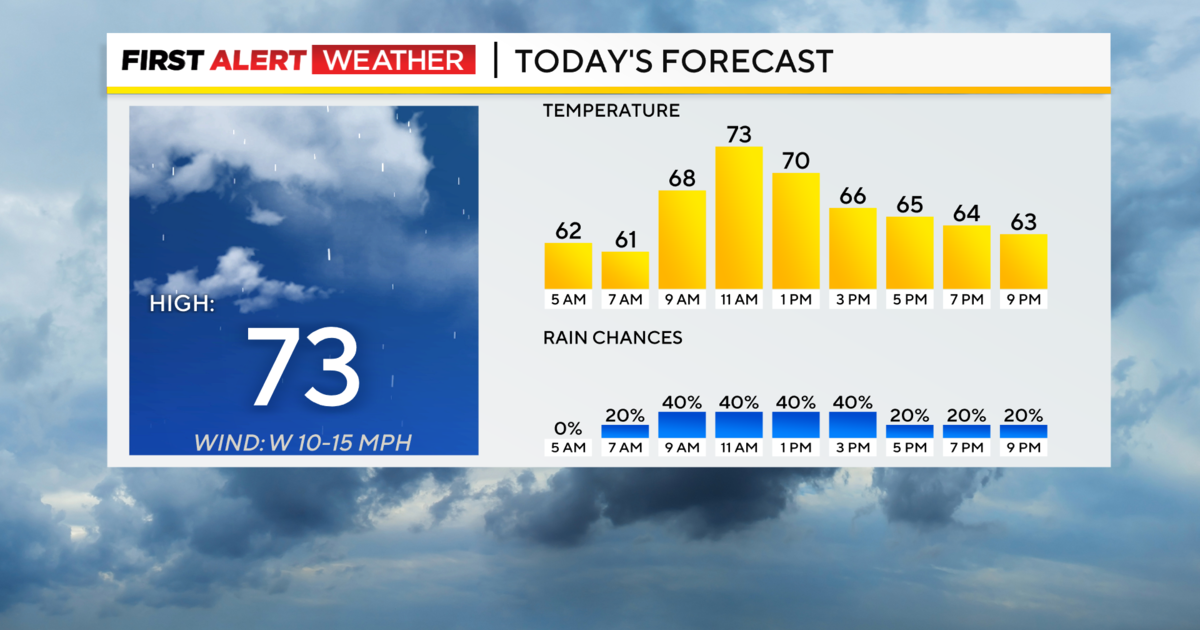How did Groundhog Day begin? The origins of Punxsutawney Phil
The spotlight will be on Gobbler's Knob in western Pennsylvania early Friday morning, when handlers of a groundhog named Punxsutawney Phil will announce whether he saw his own shadow and predicts six more weeks of winter or an early spring.
Thousands are expected to attend the annual event that exploded in popularity after the 1993 Bill Murray movie, "Groundhog Day."
It's part of a tradition rooted in European agricultural life, marking the midpoint between the shortest day of the year on the winter solstice and the spring equinox. It's also a time of year that figures in the Celtic calendar and the Christian holiday of Candlemas.
And in eastern and central Pennsylvania, where people of German descent have been watching the groundhog's annual emergence from hibernation for centuries, there's a tradition of groundhog clubs and celebrations that are independent of Phil.
Some dismiss the Punxsutawney event as an unworthy rival to their own festivities, which they say forecast more accurate weather predictions. There have been weather-predicting groundhogs in at least 28 U.S. states and Canadian provinces, and less formal celebrations far and wide.
One thing it's not: serious business.
"We know this is silly; we know this is fun," said Marcy Galando, executive director of the Punxsutawney Groundhog Club. "We want people to come here with a sense of humor."
Celtic people across Europe marked the four days that are midway between the winter solstice, the spring equinox, the summer solstice and the fall equinox. What the Celts called Imbolc is also around when Christians celebrate Candlemas, timed to Joseph and Mary's presentation of Jesus at the Temple in Jerusalem.
Ancient people would watch the sun, stars and animal behavior to guide farming practices and other decisions, and the practice of watching an animal's emergence from winter hibernation to forecast weather has roots in a similar German tradition involving badgers or bears. Pennsylvania Germans apparently substituted the groundhog, endemic to the eastern and midwestern United States.
Historians have found a reference in an 1841 diary to groundhog weather forecasts in early February among families of German descent in Morgantown, Pennsylvania, according to the late Don Yoder, a University of Pennsylvania professor whose 2003 book about Groundhog Day explored the Celtic connection.
Yoder concluded the festival has roots in "ancient, undoubtedly prehistoric, weather lore."
Punxsutawney is an area that Pennsylvania Germans settled — and in the late 1880s started celebrating the holiday by picnicking, hunting and eating groundhogs.
Members of Punxsutawney Groundhog Club, organized in 1899, care for Phil at a customized space beside Punxsutawney Memorial Library — where there's a window with a view into the creature's burrow.
The Punxsutawney groundhog makes predictions but he's not always predictable. The designated groundhog emerged before sunrise in 1929 and didn't come out until late afternoon in 1941.
The Bill Murray movie caused such a resurgence of interest that two years after it came out, event organizers voiced concern about rowdy crowds drinking all night, people climbing trees and others stripping to their underwear. In 1998, a groundhog club leader wearing a $4,000 groundhog suit reported being assaulted by a half-dozen young men.
Alcohol is now prohibited at Gobbler's Knob, Phil's spot some 80 miles (123 kilometers) northeast of Pittsburgh.
The early festivities in Punxsutawney were followed in 1907 by folks in Quarryville, a farming area in Lancaster County in Pennsylvania's southeastern corner. The roughly 240 members of the Slumbering Groundhog Lodge there report the winter forecast from Octoraro Orphie, or least via his well-preserved remains.
Quarryville lodge board chair Charlie Hart said the organization has dinners and other social events throughout the year but is largely focused on Groundhog Day.
Hart credits Orphie as a far better forecaster than Phil.
"Octoraro Orphie has never been wrong," Hart said. "This is the 116th year, and in the previous 115 he has been right on the money every year."
The groundhog is a member of the squirrel family and related to chipmunks and prairie dogs. It's also known as a woodchuck, a whistle pig — or in the parlance of Pennsylvania Dutch, a language with German roots, a "grundsau."
Groundhogs are herbivores that are themselves edible to humans, although they are not widely consumed. Their lifespan in the wild is typically two or three years.
The Pennsylvania Game Commission says about 36,000 hunters reported killing more than 200,000 groundhogs last year.
Game Commission spokesperson Travis Lau found groundhog a bit stinky to clean, with thick skin.
"It was actually really good, no doubt about it — and to my taste, more like beef than venison is," Lau said. "The whole family ate it and liked it, and everybody had apprehensions."
Some cooks advise groundhogs are best taken when they are young and after clover is in bloom, since a clover diet is thought to improve the meat's taste.
Starting in the 1930s, groundhog lodges opened in eastern Pennsylvania. They were social clubs with similarities to Freemasonry.
Intended to preserve Pennsylvania German culture and traditions, clubs would sometimes fine those who were caught speaking anything but their Pennsylvania Dutch language at meetings. They were traditionally all-male groups and 15 such clubs remain active.
They all share the unifying feature of a groundhog's weather prognostication, said William W. Donner, a Kutztown University anthropology professor and author of "Serious Nonsense," a book about such lodges and other efforts to preserve German heritage.
"I think it's just one of these traditional rituals that people enjoy participating in, that maybe take them away from modern life for 15 minutes," Donner said.
Some well-meaning efforts have sought to determine Phil's accuracy, but what "six weeks of winter" means is debatable. Claims that a groundhog has or has not seen its shadow — and that it's able to communicate that to a human — are also fair territory for skeptics and the humor impaired.
By all accounts, Phil predicts more winter far more often than he predicts an early spring.
Groundhogs are mostly solitary creatures who start to emerge in midwinter to find a mate. The science behind whether they can make any accurate weather predictions is problematic at best.
Among the skeptics is the National Centers for Environmental Information, within the National Oceanic and Atmospheric Administration. The government agency last year compared Phil's record with U.S. national temperatures over the prior decade and concluded he was right only 40% of the time.



